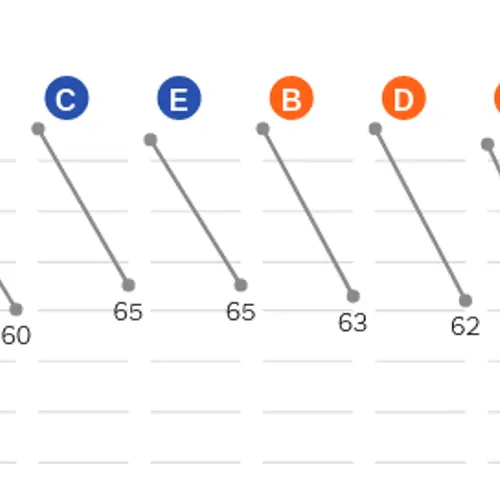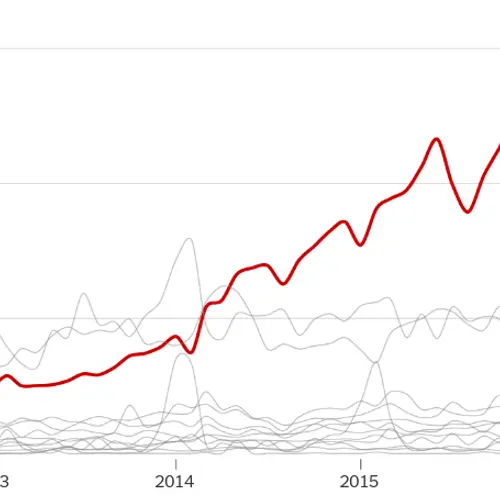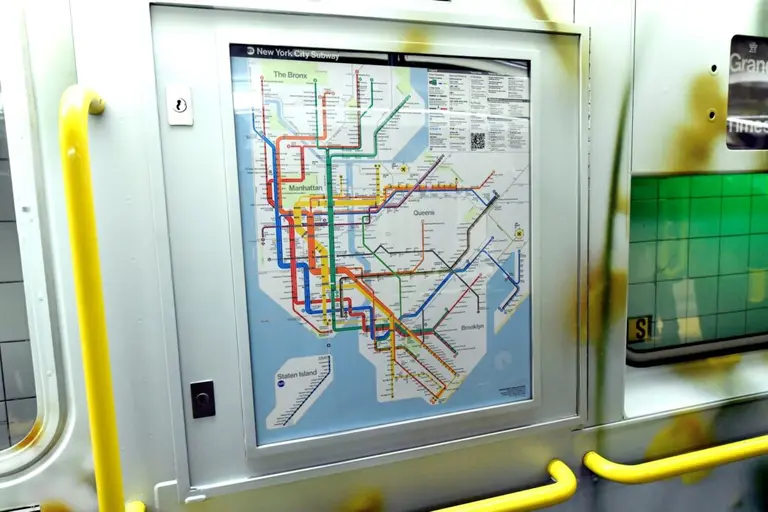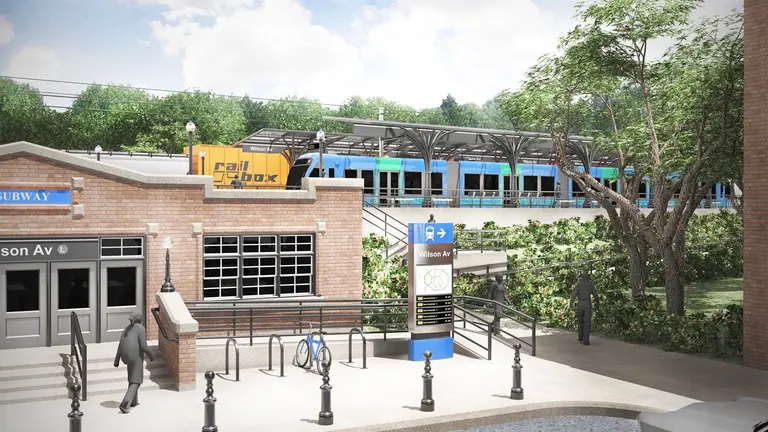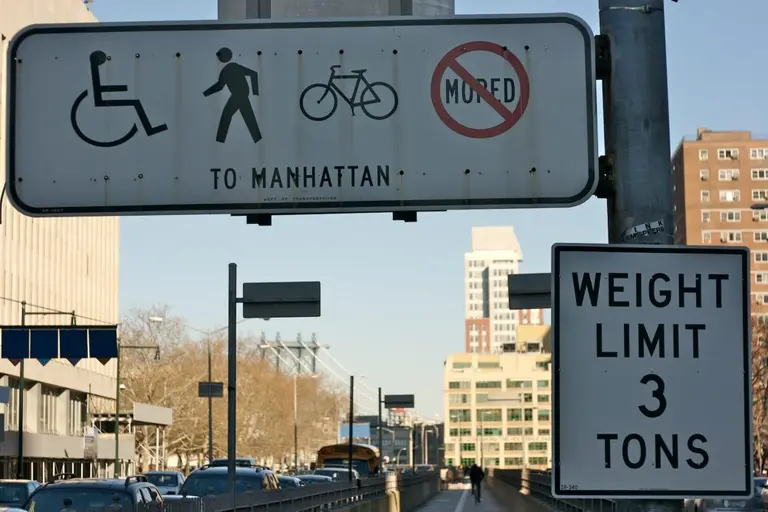Overcrowding and ‘dwell time’ are why NYC’s subway system is failing
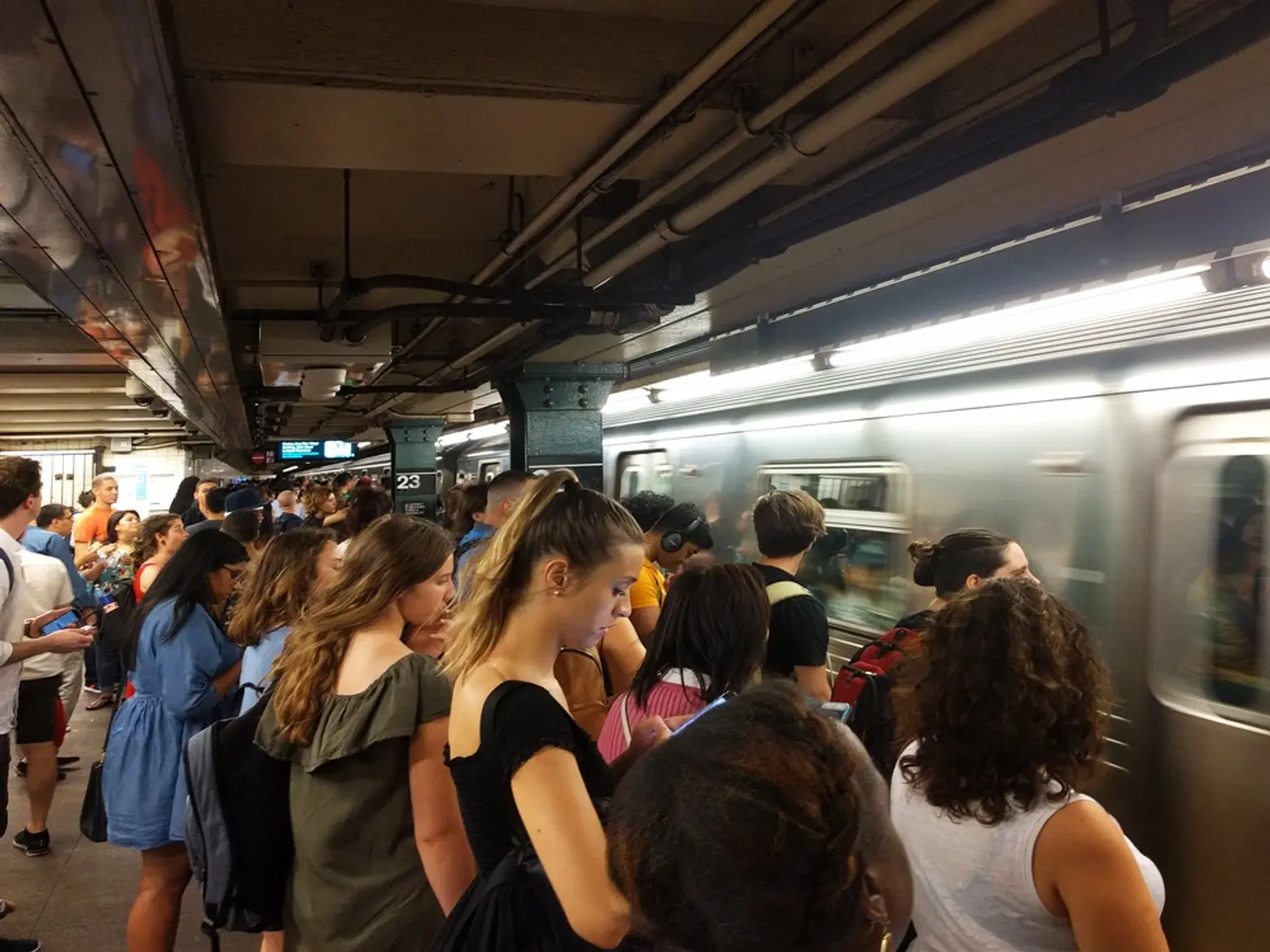
It seems every day brings New Yorkers new subway drama, train delays and disappointment. While this week’s A-train derailment, which injured dozens of people, is being blamed on human error, not a track defect, the system is still over 100-years old. And despite its signals and tracks in need of a definite upgrade, the biggest cause of subway delays is overcrowding. According to the New York Times, overcrowding now accounts for more than one-third of the nearly 75,000 subway delays across the system each month.
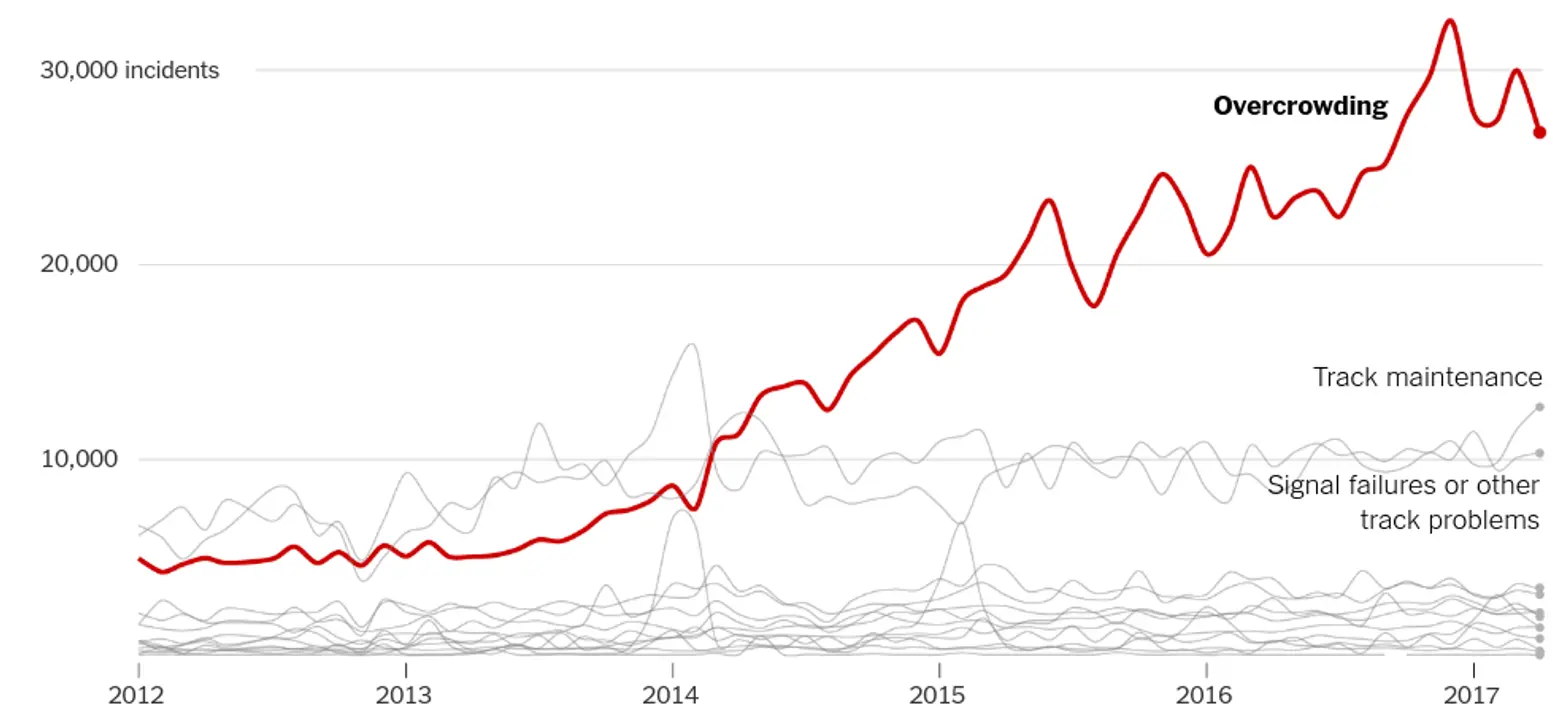
Chart of subway delays, via NY Times and MTA
Fifteen years ago, the problem of overcrowding was practically nonexistent. In the 1990s, about four million people rode the subway daily. Now, nearly six million riders use it each day, its highest level since the 1940s. The subway has not adapted to the dramatic increase in ridership, now serving millions more in the same sized system. Beginning in 2011, the growth in ridership increased and then in 2013, it reached a tipping point, no longer being able to easily take in all of the extra riders. Train reliability may be a thing of the past, with only a few lines having on-time rates above 70 percent.
Subway officials say overcrowding causes an increase in “dwell time”–the period of time the train spends in the station loading and unloading passengers. As the crowd on the platform grows, it gets harder for people to get on and off the train. This delay can then be felt down the line of trains behind it. The system is designed for trains to spend only 30 seconds at each station before departing. However, in busy stations like Grand Central, the wait times constantly exceed that limit.
With more people moving to New York City and more tourists visiting than decades prior, the city really needs to expand the subway system by running trains more frequently and creating more lines. According to the NY Post, thirteen million tourists visited the city in 1990. In 2016, that number grew to 60 million.
[Via NY Times]
RELATED:
